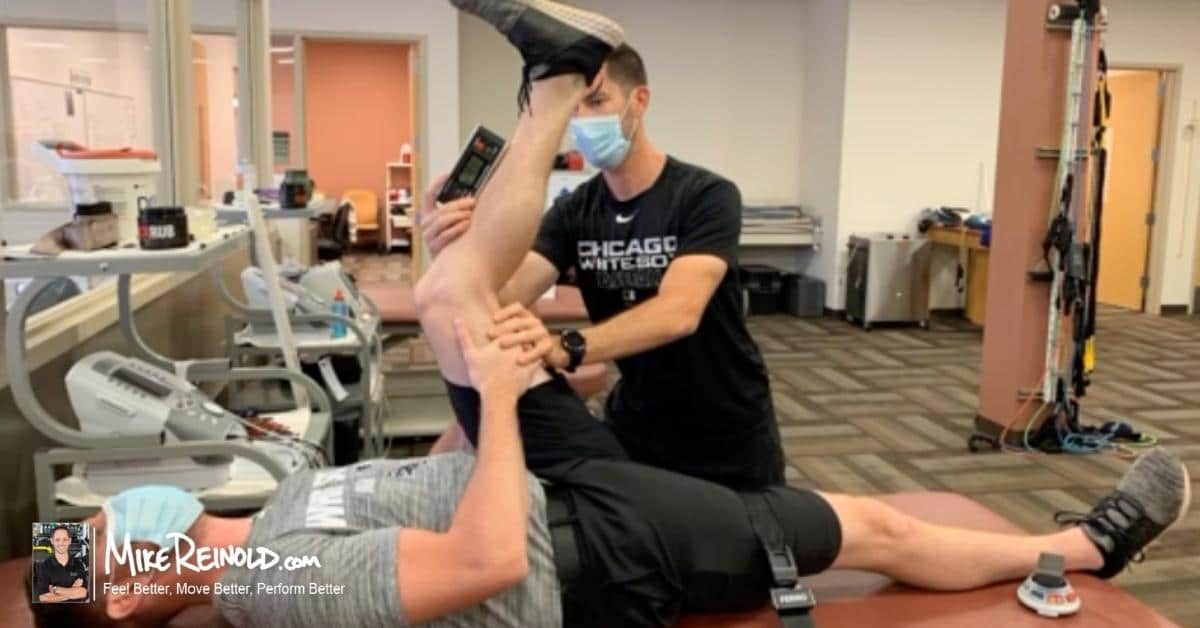Lower crossed syndrome, as originally described by Vladimir Janda several decades ago, is commonly sited to describe the muscle imbalances observed with anterior pelvic tilt posture.

When you look at a drawing of this concept, you can see how it starts to make sense. Tightness in the hip flexors and low back are associated with weakness of abdominals and glutes.
I realize this is a very two dimensional approach and probably not completely accurate in it’s presentation, however it not only seems to make biomechanical sense, it also correlates to what I see at Champion nearly daily.
Yet despite the common acceptance of these imbalance patterns, there really isn’t much research out there looking at these correlations.
Do Tight Hip Flexors Correlate to Glute Weakness?

In the paper, the authors not only measured glute EMG activity during the kettlebell swing, but they also measure hip flexor mobility using a modified Thomas Test. The authors found moderate correlations between hip flexor tightness and glute EMG activity.
The tighter your hip flexors, the less EMG was observed in the glutes during the kettlebell swing. [Click to Tweet]
While this has been theorized since Janda first described in the 1980’s, to my knowledge this is the first study that has shown this correlation during an exercise.
Implications
It’s often the little findings of study that help add to our body of knowledge. This simple study showed us that there does appear to be a correlated between your hip flexor mobility and EMG activity of the glutes. There are a few implications that you can take from this study:
- Both two-hand and one-hand kettlebell swings are great exercises to strengthen the glutes
- However, perhaps we need to assure people have adequate hip flexor mobility prior to starting. I know at Champion we feel this way and spend time assuring people have the right mobility and ability to hip hinge before starting to train the kettlebell swing
- If trying to strengthen the glutes, it appears that you may also want focus on hip flexor mobility, as is often recommended. While a common recommendation, I bet many people skip this step.
- This all makes your strategy to work with people with anterior pelvic tilt even more important. Here is how I work with anterior pelvic tilt.
So yes, it does appear that hip flexor mobility correlates to glute activity and should be considering when designing programs.





